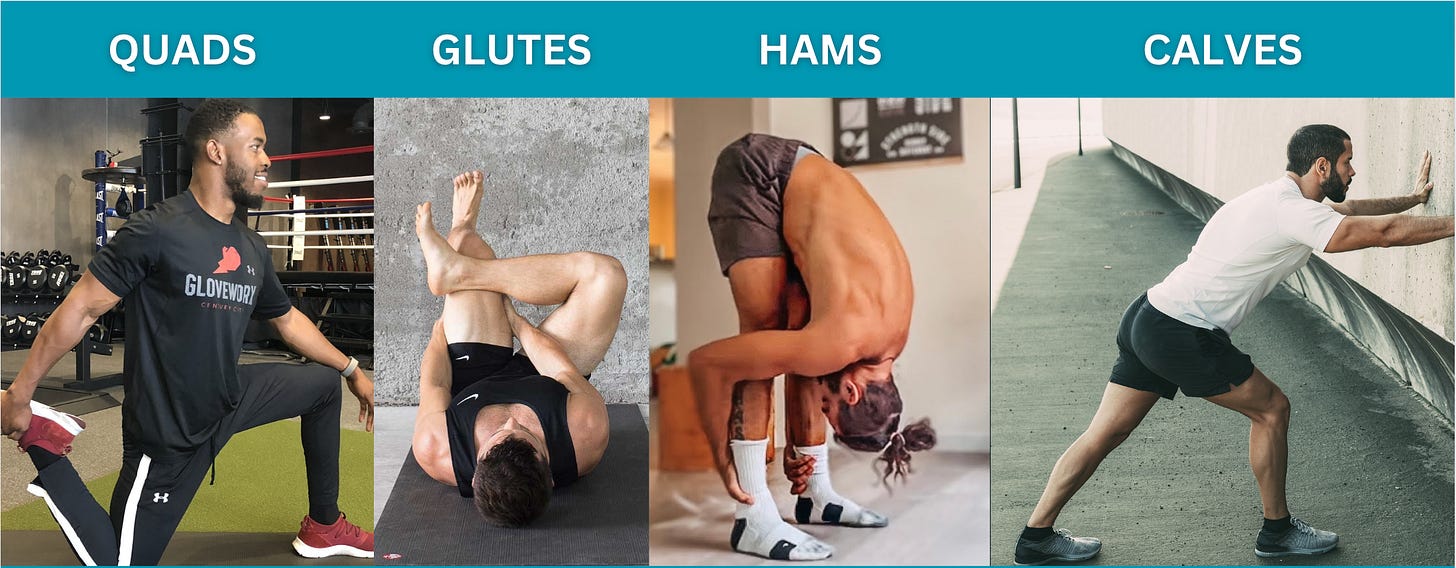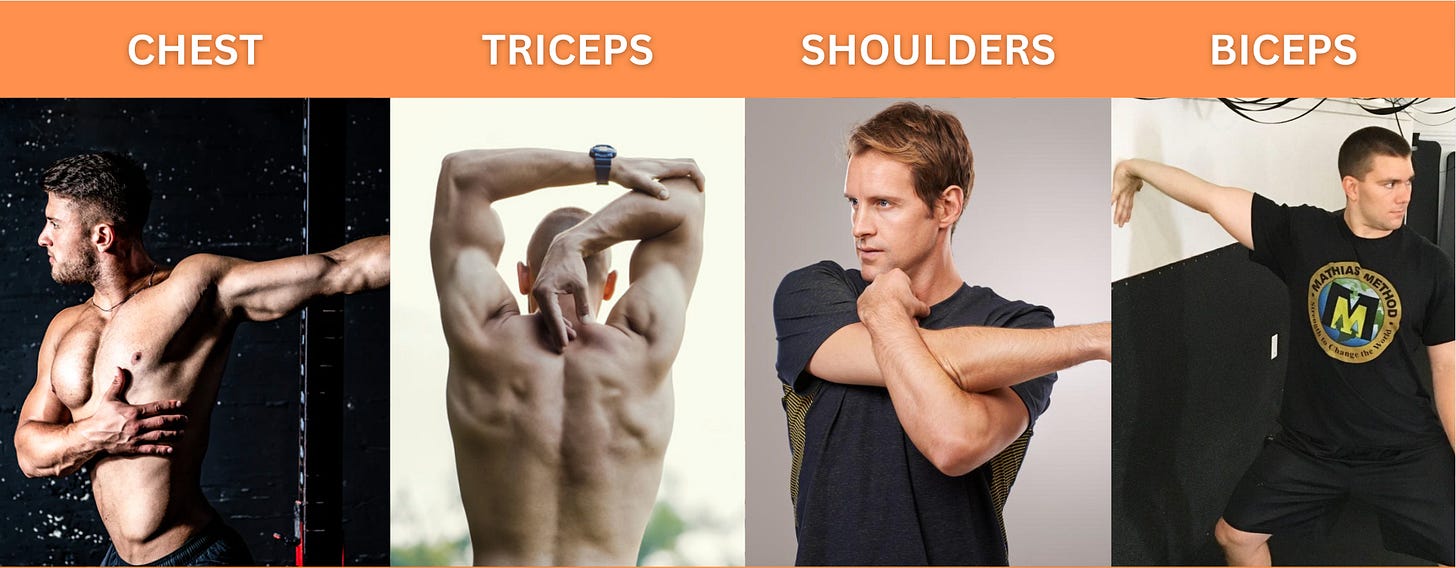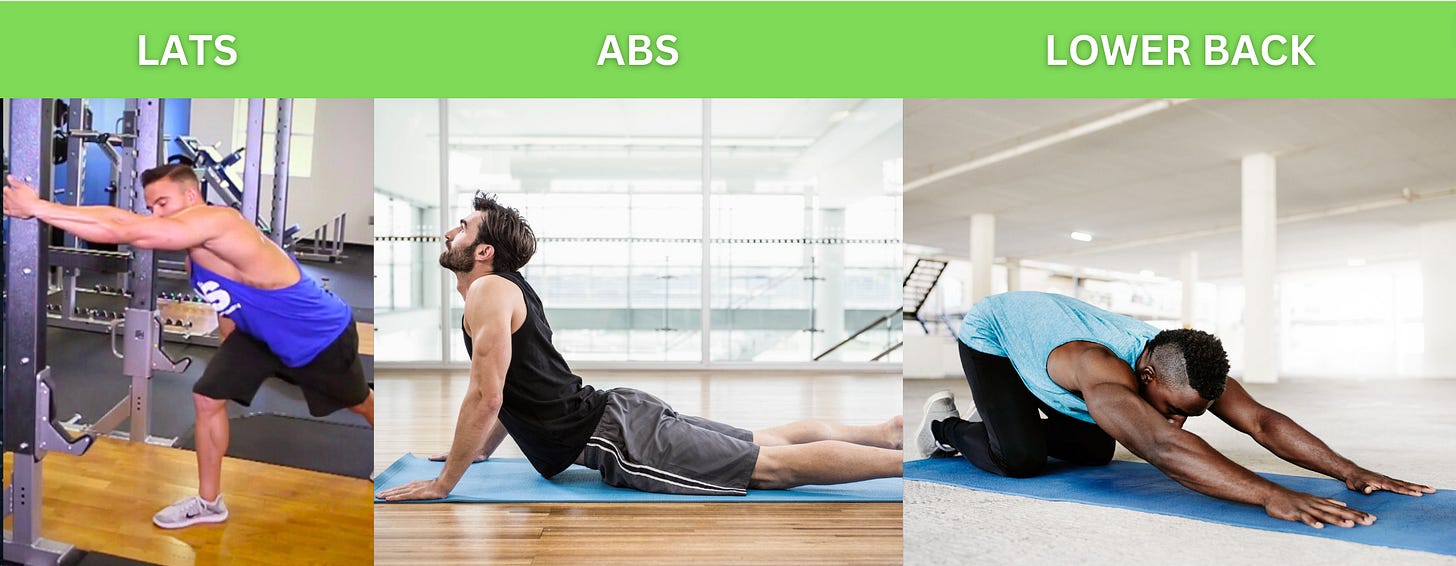Let Nothing Scarce Go To Waste
The first thought I had after sitting down to write this article hit me right away. Let’s just say the muse delivered her gift swiftly that day, and I love me some muse gifts!
The thought of using every part of a workout sparked the image of an ancient tribe making sure to benefit in every possible way from a successful hunt. We know that in past times of scarcity, surviving humans let nothing go to waste. They valued every part of their harvests.
“Whether it was for clothing, shelter, food or decoration, native people considered their animals as a rich harvest that provided them with everything they could need and more.” Tammy Robinson, Off The Grid News
While current times don’t exactly scream scarcity when it comes to food, shelter, and other material possessions, I feel it’s safe to say that one thing is becoming more and more scarce; time. Time seems to have somehow sped up. Weeks feel shorter, days finish faster, and hours and minutes seem easily lost.
When it comes to our workouts, the biggest time terrorists are our phones. It’s so easy to finish a set and check the latest notification, which draws us into a scrollable feed, which never fails to warp us through a handful of minutes...wasted minutes.
When we check that notification, not only did we just do something that had nothing to do with what we’re supposed to be focused on, we also wasted precious time. Of course, we also became that zombified person holding up equipment with their head down, that serious gym-goers love to hate.
Going forward, I challenge you to view time as a scarce resource during your workouts. When you have free minutes, capitalize on them and use them to improve yourself. View them as an opportunity to continue being present and productive in your workout, not as a chance to check out and lose focus.
You Have Free Minutes, I Guarantee It
Let’s think about when free minutes are guaranteed to show up during an effective workout. Honestly, there’s really only one certain time where free minutes can’t help but present themselves…rest periods.
Before moving on, make a mental note to circle back, click the button below, and read my article on rest period duration. It’ll teach you how long to rest for maximal size and strength gains, as well as explain why it’s a necessity for achieving your best results. Also, resting optimally will result in many free minutes!
OK, where were we? Oh ya, rest periods. Rest periods help us maximize each next set, allowing for optimal recovery between challenging bouts. Rest periods are natural and even intense interval-focused conditioning workouts include them. They’re a part of the game for everyone and how you use them is what sets you apart from the phone zombie in the squat rack.
Making the Most of Our Free Minutes
I said I would teach you how to use every free minute of your workout in this article. Let’s begin! We’ve already established that rest periods create our free minutes. Turning traditional rest periods into productive rest periods is how we’re reinventing them.
How, exactly, can a time of rest be productive? Let me ask you a question. Can you think of an activity that satisfies these criteria for most people in the gym?
The perfect activity for deep breathing, slowing the heart rate, and recovering.
Reduces, and sometimes completely eliminates, joint pain.
Reduces risk of injury while weight training.
Most of us should probably do more of it.
Improves exercise form.
If you said stretching, you’re correct. If you said foam rolling or using one of those fancy massage guns, you’re correct. If you said any form of low intensity muscle maintenance…you guessed it…you’re also correct.
A low intensity muscle maintenance activity, like stretching, is the perfect activity between working sets. If you view your training day like a chain or sequence of events, set into motion with your first working set, the chain will alternate between working minutes and resting minutes (free minutes).
By performing low intensity muscle maintenance activities every time you encounter free minutes, you’re staying productive and helping your future self in several ways, all while recharging for the next working set.
Honestly, the practice of muscle maintenance during rest periods seems so obvious, I often wonder why it’s not standard procedure. It really does make that much sense. My guess as to why it’s not common has everything to do with the term ‘rest’ period. The term is literally telling you to rest. Nobody calls it a muscle maintenance period or a stretch period. It’s always called a rest period, and almost everyone takes it literally.
Stretching & Strength - What Does Science Say?
So what’s the catch? There’s always a catch. Maybe you’re asking yourself, ‘are there any negatives here?’ If you’re a peer reviewed research junkie, you may be aware of one; decreased strength following stretching. On the surface, this seems like a major negative factor, I’d say even a big enough factor to avoid stretching between sets altogether. Since that’s the case, let me elaborate and explain how you can avoid this pitfall.
When looking at past studies on the relationship between stretching and strength loss, an important conclusion can be drawn. Let’s talk about it.
Stretching does produce a decrease in strength, but the duration of the stretch matters in terms of the effect…and it matters a lot.
A 2012 systemic review of roughly 100 stretch/strength experiments determined that stretching for durations longer than 60 seconds was found to temporarily reduce muscle strength by an average of 7.5%.
However, stretching for a duration of around 45 seconds caused an average temporary reduction of just 2% and stretching for even shorter durations produced strength reduction levels that were statistically insignificant.
The takeaway here is that when you stretch between sets, if you’re stretching a muscle group you’re about to work, make sure to keep the duration of those stretches to 30 seconds or less. You’ll be using your free minutes wisely, getting some great stretching in while you visualize your upcoming set, and avoiding dreaded strength reduction.
As a side note and, I guess you could call it a fun fact, stretching-induced strength reductions don’t last long. The effect lasts only about five minutes. I mentioned this because I feel it’s important for you to know as you choose your stretches and take into account your upcoming working muscle groups.
OK, so what if you’re the type who wants to hold stretches longer? Or maybe you want to take absolutely no chances when it comes to temporary strength reduction, but still want to stretch during your free minutes? This is a valid stance, and I totally get it. What should you do?
The answer is simple and when you hear it, you’ll wonder why you didn’t think of it right away. Are you ready? OK, here it is; simply stretch muscle groups you aren’t working that day.
I know, I know, it was obvious, right? Well, regardless of if you thought of it on your own or not, now you know and can put this new knowledge to good use.
I’ve found that the easiest way to implement this method is to stretch upper body muscles between lower body sets and stretch lower body muscles between upper body sets.
This is a fool-proof method for mentally ensuring yourself that you’re not robbing any working muscle groups of strength as a result of your reinvented rest periods.
A Brief Summary
If you’ve read any of my other articles, you know I like to provide you with something you can put to use right away. I’m going to do that before ending this article, but first I’d like to summarize what we’ve discussed so far.
Staying focused and using every free minute of your workout is how you be the best you can be.
Every workout includes rest periods and rest periods are free minutes.
Stretching and other low intensity muscle maintenance activities are perfect ways to stay focused, productive, and still recover during your free minutes.
Stretching can temporarily reduce strength, but this effect can be virtually eliminated when stretch duration is kept to 45 seconds or less.
If you want to hold stretches for longer than 45 seconds, or are worried about temporary strength loss to any degree, this effect can be completely avoided by stretching lower body muscles between upper body sets and upper body muscles between lower body sets.
Delivering the Goods
Here’s the part where I give you the goods so you can put your new rest period approach to work the next time you hit the gym. My plan is to provide you with a sample stretch for each major muscle group and you can choose to use them how you’d like. The two primary options for use are:
During rest periods, stretch muscles you’re not targeting at that time. Stretch as long and as hard as you’d like here, as any diminished strength is only temporary and doesn’t affect your upcoming set.
During rest periods, stretch muscles you are targeting at that time. Since diminished strength will impact performance in this situation, make sure to stretch for no more than 30-45 seconds.
My personal preference is option two. To me, stretching working muscles feels good/satisfying, enhances my pump, and helps me to easily achieve full range of motion(ROM) throughout upcoming working sets.
To be honest, I always keep my stretch durations to 30 seconds or less and have never noticed a diminished strength effect in my training.
Here are my recommended stretches for each major muscle group. Use them to reinvent your own rest periods and make the most of every precious gym minute. And yes, I realize the biceps stretch guy looks like he’s about to do Karate.
By using the stretches above, you’ll be able to give each of your main muscle groups attention between working sets. These are all excellent foundational stretches, but don’t hold back on researching more stretch options to add variety in your regimen.
Each muscle group can be stretched in various ways and I encourage you to play around to find which options give you that targeted feeling.
Bye Bye Now
As always, I appreciate you spending some of your time reading my article. I’ve been getting great reviews from subscribers and that motivates me to keep working hard for you. Until next time…Learn. Lift. Grow!
Here’s a good cringeworthy joke to send you on your way. What does a clock do when it's hungry? It goes back four seconds.










LOVE this concept and idea. Thank you for the stretch guide as well.